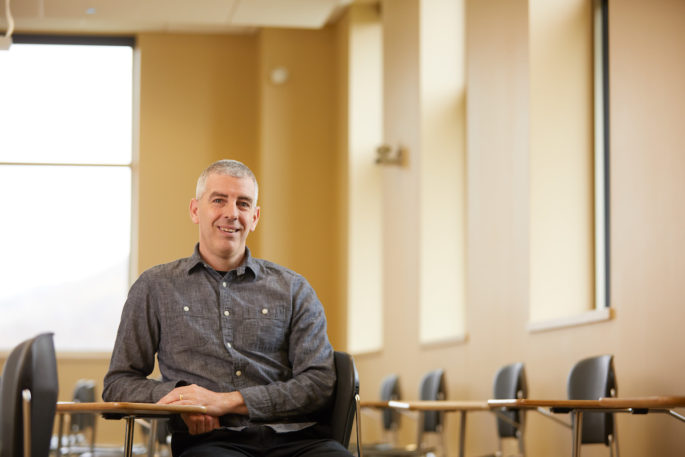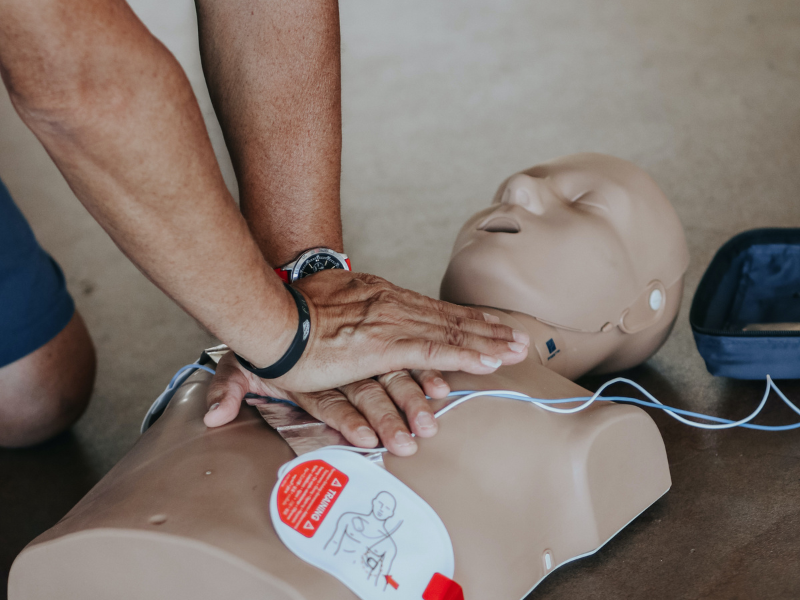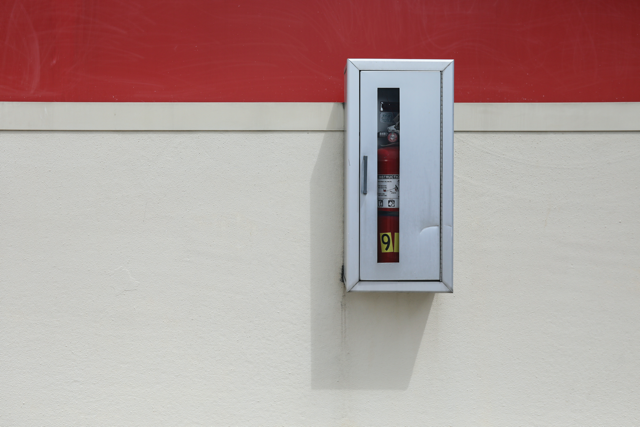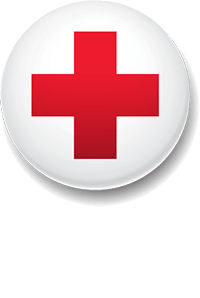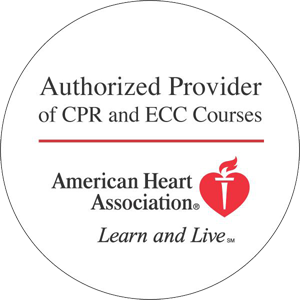Walking is one of the most accessible forms of exercise and offers countless health benefits, and with modern technology, more and more individuals are aware of their daily step count, or lack of. Using a smartwatch, Fitbit or an inexpensive traditional pedometer can help you know how active you are most days and set healthy and practical goals. Getting those steps in can be a breeze or seem nearly impossible for some. Many factors, such as lifestyle, family, profession, and location, can influence your ability to make walking part of your regular exercise. However, it’s worth the effort, as staying active and upping your step count can improve your overall health and may even increase your lifespan.
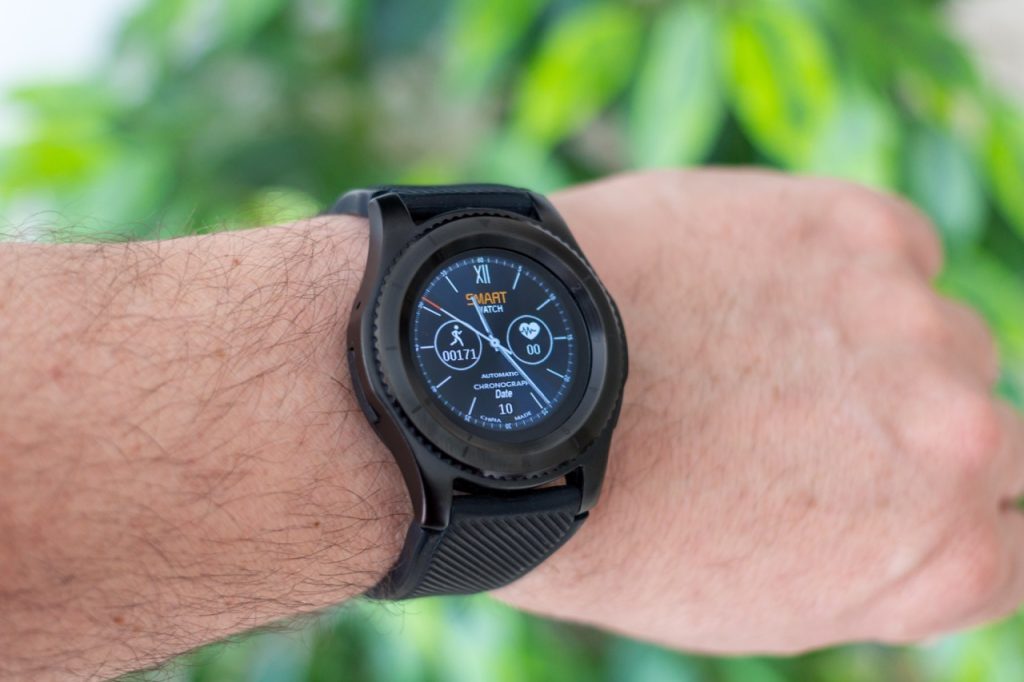
How walking keeps you healthy
From weight management to cardiovascular health and strength building, the benefits of regular walking can significantly improve one’s overall health. Individuals will also notice that walking can lead to increased energy levels, better sleep and mental well-being. Unsurprisingly, all of these health benefits can lead to lower risks of disease and an increase in lifespan. However, knowing the benefits of walking is easy, but increasing your step count can be challenging, especially if you spend most of your day at a desk.
Related Read: How to Start a Walking Routine
Here are some easy ways to integrate walking into your everyday life.
How to easily increase your step count
1. Take the stairs – if you’re going up a flight or two at work or in an office building for an appointment, taking the stairs is a great way to get in a few extra steps. It may even be quicker than waiting for the elevator!
2. Park farther from the entrance – parking towards the back of a parking lot is another easy way to get in a few extra steps daily.
Read: Top Ten Tips for Choosing Heart-Healthy Snacks
3. Make walking a habit – incorporate walking into your daily rhythms. Consider including a brisk walk into your lunch hour, each morning when you start your day or in the evening before dinner.
4. Walk while you scroll – multitask and get in some movement while scrolling social media or while taking a phone call. Of course, be sure to stay safe and alert while doing so!
It’s easy to feel so busy in our day-to-day lives that carving out time for a walk can seem difficult. However, when you make an effort, you’ll find pockets of time to move your body and improve your overall health. The time you take now to keep your heart and body healthy will pay off in the long run with increased endurance and flexibility, lower risks of illnesses and disease and improved longevity.
HeartCert CPR is your trusted training partner for CPR, ACLS, PALS, EMR, First Aid, CNA, IV, EKG and more, in Minnesota and throughout the United States.
HeartCert CPR courses include CPR/AED/First Aid, Basic Life Support (BLS), Advanced Cardiac Life Support (ACLS), Pediatric Advanced Life Support (PALS), Certified Nursing Assistant training, IV training, EKG training, babysitter basics and more. Courses and certifications from both the American Heart Association and American Red Cross are available.
We are now offering virtual CPR courses and certifications, as well as safe in-person courses at all locations and our headquarters, HeartCert CPR Eagan.

